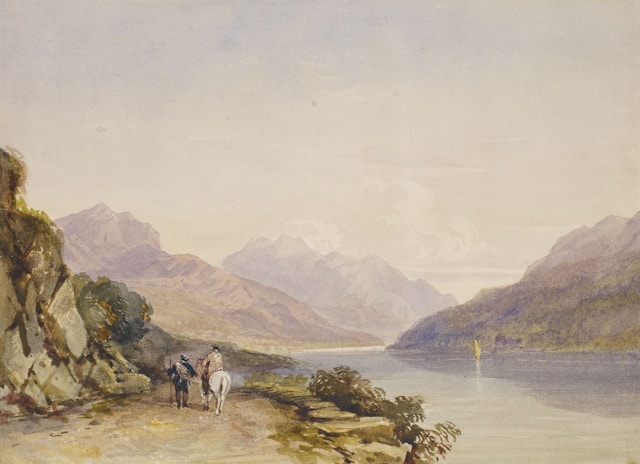ORLAN is a French performance artist who has challenged established ideas about the human form for decades. Her work spans several media, and her practice has altered how many think about the body, identity, and technology. She uses her own body as a site for artistic transformation and public debate.
Artistic Journey and Body Transformation
ORLAN began her career during a time when few artists used the body as a canvas for such bold experiments. During the early 1990s, she underwent a series of plastic surgery operations that served as performance acts. These surgical performances were not about perfection but about questioning conventional ideas of beauty. She transformed herself into a living artwork, where her body became both the artist and the medium.
Surgical Performances and Self-Reinvention
Between 1990 and 1993, ORLAN challenged society’s views on femininity and identity. She asked what it meant to own one’s own body. Her approach was simple yet radical. By using plastic surgery to alter her features, she broke away from traditional standards of beauty. Rather than seeking improvement, she chose procedures that produced unexpected results. For instance, she added implants to her forehead that created noticeable lumps. In doing so, she shifted the conversation away from aesthetic enhancement and towards the idea of self-invention.
Her work questioned the idea that beauty is fixed. Instead, she showed that the body can be reworked and reshaped to reflect an ever-changing identity. ORLAN stated that there is always a distance between the individual and the self. She was sometimes the creator and sometimes the canvas. This dual role allowed her to speak directly to issues of control, freedom, and the political nature of the body.
Biotechnology and Mixed Media Installations
ORLAN did not restrict herself to surgery alone. Her interest in new technology led her to work with biotechnology and multimedia installations. One notable work is the installation known as Harlequin Coat. In this project, she grew skin cells in specially designed Petri dishes. The result was a patchwork of coloured cells arranged in diamond shapes. The installation served as a symbol of cultural mixing and the peaceful coexistence of diverse elements.
She also created other works that question identity and representation through mixed media. Her projects combine techniques from surgery, video, and robotics, pushing the boundaries of artistic expression.
| Project | Year | Medium/Technique | Concept |
| Surgical Performances | 1990–1993 | Plastic surgery and live performance | Reworking self-image through body alteration |
| Harlequin Coat | 2007–2008 | Biotechnological installation and video | Mixing of skin cells to symbolise cultural diversity |
| Tangible Striptease Nanpsequences | 2016 | Performance and video | Questioning identity and self-representation |
| ORLANOÏDE | 2018 | Robotic self-portrait | Exploring artificial and collective intelligence |
Hybridisation and Artistic Experimentation
In her work with biotechnology, ORLAN has pushed further into the field of hybridisation. She extracted and cultured her cells alongside those of other origins. The process raised questions about what defines a living body. Her reflections on HeLa cells opened up discussions about life, death, and the material of the body. By using a mix of human and animal cells, she invited viewers to think about the boundaries between species. Her approach is not a warning against progress; it is a challenge to established ideas about the limits of science and art.
Feminism and Public Debate
ORLAN’s art has always been intertwined with her views on gender and power. She has used her work to address issues that affect women and society at large. The body, in her view, is political. Every individual has a body, and this commonality forms the basis for a public dialogue on identity and rights.
Women and Identity in ORLAN’s Work
Her practice is often seen as a way for women to reclaim control over their own bodies. At a time when many felt constrained by strict social norms, ORLAN’s actions provided a strong counterpoint. She argued that a body is not simply an object of beauty but a tool for self-expression and social critique. Her art has given women a platform to speak about issues such as:
- Bodily autonomy
- The challenge to traditional beauty standards
- Power imbalances within society
- The role of the body in public debate
By using her own body as a site for artistic expression, ORLAN has turned personal transformation into a shared discussion on freedom and rights.
Reflections on Technology and Society
ORLAN has always maintained a critical stance towards new technologies. She does not fear technological progress but is wary of how society may misuse it. Her work with mixed media and robotics reflects a deep interest in what happens when human and machine converge.
The Intersection of Art and Technology
The ORLANOÏDE project, for example, is a robotic self-portrait that uses artificial intelligence and collective data to produce poetry and movement like casino not on GamStop. This work questions the ethics of genetic modification and the use of robotics in daily life. ORLAN sees the potential in technology to open new paths for artistic expression while also highlighting the risks of relying too heavily on mechanised processes.
Key points in her approach to technology include:
- A critical use of modern tools
- A focus on ethics and social responsibility
- An exploration of the limits between human and machine
- A drive to question established practices in art and medicine
Her work is not a celebration of technology for its own sake. Instead, it is an invitation to think carefully about how technological changes affect our views on the human body and society.

